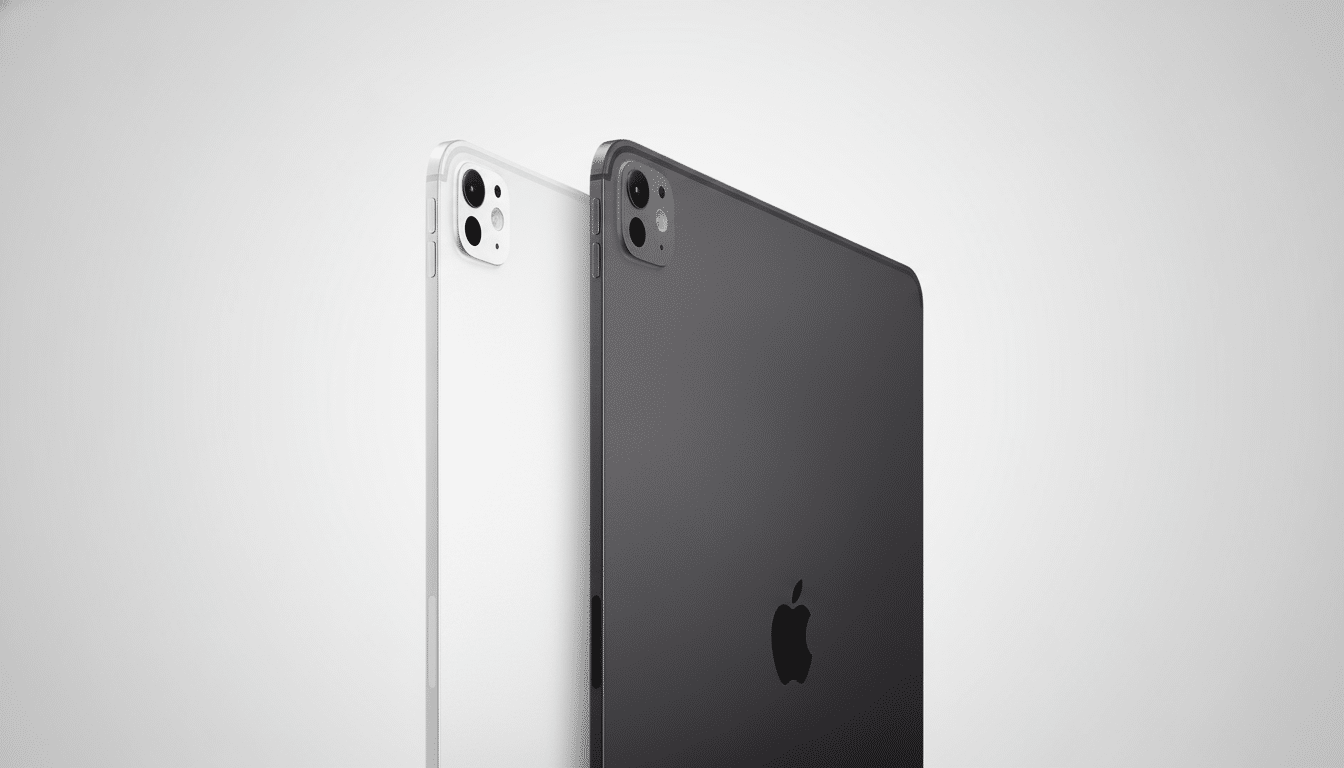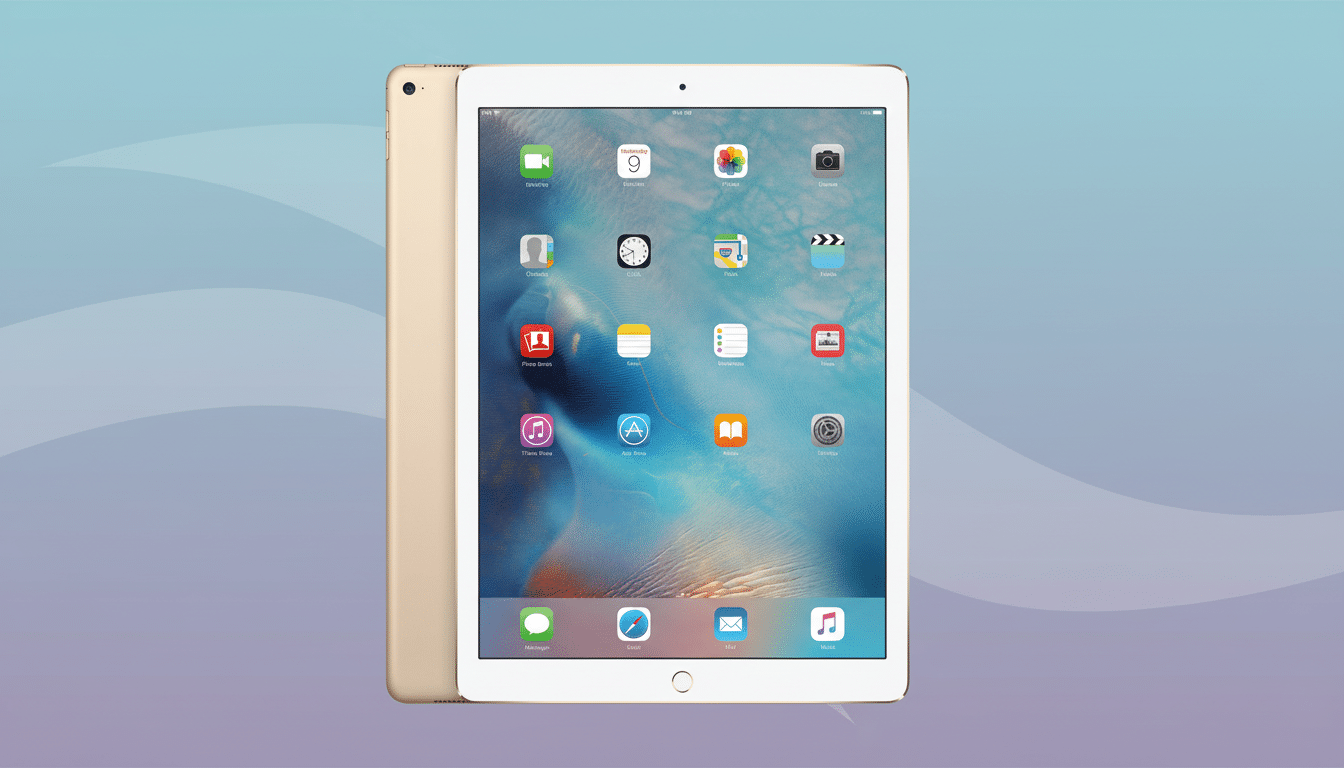Apple appears ready to release new hardware in the next few days — and the shortlist looks like a greatest-hits playlist: an updated iPad Pro, a redesigned Vision Pro, and a potential 14‑inch MacBook Pro. What ties these together? The common thread: Apple’s upcoming M5 ARM chip will drive these PR‑focused announcements, per reports by Bloomberg’s Mark Gurman.
That more subdued style generally suggests something that evolves in silicon first, rather than making radical changes to a design. Even so, a cross-category jump to M5 could mean a significant leap in performance, efficiency, and on‑device AI abilities across Apple’s highest‑end displays.

What the New iPad Pro Will Offer This Cycle
Don’t expect a radical redesign. The new iPad Pro, according to MacRumors, will look the same as the current version, with the story being more M5 and RAM added in limited versions. That pair would build upon the recent shift to OLED panels, which already gave Apple’s top tablet stronger contrast, thinner body dimensions, and a lower power draw.
An M5 leap is most important for creative work. Video editors and 3D artists are empowered to work with iPad’s GPU and Neural Engine for color grading, object isolation, and real‑time previews. Apple doesn’t often give core counts until launch, but its silicon gains have been double‑digit generation over generation, which means longer battery life under sustained load and snappier timeline scrubbing in iPad apps like Final Cut Pro and DaVinci Resolve.
Context of the market adds importance to this move. Research companies like IDC have placed Apple consistently at the front of global tablet shipments, and high‑end iPads take care of the revenue‑heavy lifting in that category. A nimble refresh puts pressure on competitors dabbling with OLED and detachable PCs.
Vision Pro Gets a Silicon Bump and Comfort Tweaks
Gurman says Vision Pro will receive a largely internal refresh around M5, as well as potentially an additional new R2 companion chip focusing on input processing. If so, that second chip would specifically target the reduction of latency for hand, eye, and voice movements — an application where microseconds matter directly for immersion.
Subtle hardware tweaks are also being considered, such as a Space Black finish and an improved head strap. Early adopters also griped about comfort and weight balance, so this would be a practical quality‑of‑life revamp. Starter price in the multi‑thousand‑dollar range means even slight ergonomics improvements can mean broader appeal for enterprise demos, training events, and long bouts of creative activity.
For developers, a speedier main chip means fuller fidelity for complex scenes and more headroom for on‑device machine learning. That could result in richer passthrough effects, denser meshes, or high‑quality video capture without needing to defer as much processing to the cloud.

14‑inch MacBook Pro May Kick-Start Mac Refresh
A new 14‑inch MacBook Pro with M5 is also said to be ready for shipment, although the timing is less certain. Look for a design about the same as the present, and performance and efficiency to be the tale. Low‑end M‑series chips drop first and are followed by Pro and Max versions once fabrication ramps, so it’s likely that Apple is choosing to prioritize production of the basic M5 before scaling up.
Assuming this pattern continues, creatives who rely on larger unified memory ceilings and additional GPU cores may have to sit tight until the M5 Pro and M5 Max. For everyone else, a base M5 would still be faster in single‑threaded speed, better for battery life performance, and more consistent under load — pasting together code compiles, Lightroom exports, and Xcode simulators.
Why a Press Release Launch Makes Sense Right Now
Apple will save the stage for new categories or big industrial design changes. When the story is mainly silicon, a newsroom drop ensures that the focus remains on benchmark winners, battery claims, and availability. It also allows Apple to turn on a dime if supply conditions change, which isn’t trivial when chips are fabbed on the bleeding edge of process node advancement and yield management is crucial.
The Rest of Apple’s Hardware Pipeline Still Matters
Gurman also lists products yet to ship, such as a new AirTag, a refreshed HomePod mini, an updated Apple TV, iPad and iPad Air models, and two external displays. A next‑gen AirTag, for example, would probably take advantage of more exact ultra‑wideband and superior power efficiency, while new monitors might bridge the gap between Apple’s Studio Display and pro‑grade panels.
None of that should detract from the week at hand. If Apple does, in fact, move iPad Pro and MacBook Pro — the two devices you could say are geared toward productivity — to M5 so soon after, it would suggest confidence in its chip lead and a desire to normalize faster upgrade cycles across its most important productivity devices.
Bottom Line for Buyers Considering Upcoming Upgrades
Look out for RAM tiers on iPad Pro, any Vision Pro comfort updates, and if the base 14‑inch MacBook Pro adds extra ports or storage at the same entry price. If you make things in 3D, video, or code, the M5 shift is the headline; if you value good ergonomics at all in spatial computing, the strap and input chip rumors are just as significant. Either way, Apple seems poised to break ground on its next silicon cycle without a lot of hoopla — but with plenty of purpose.

